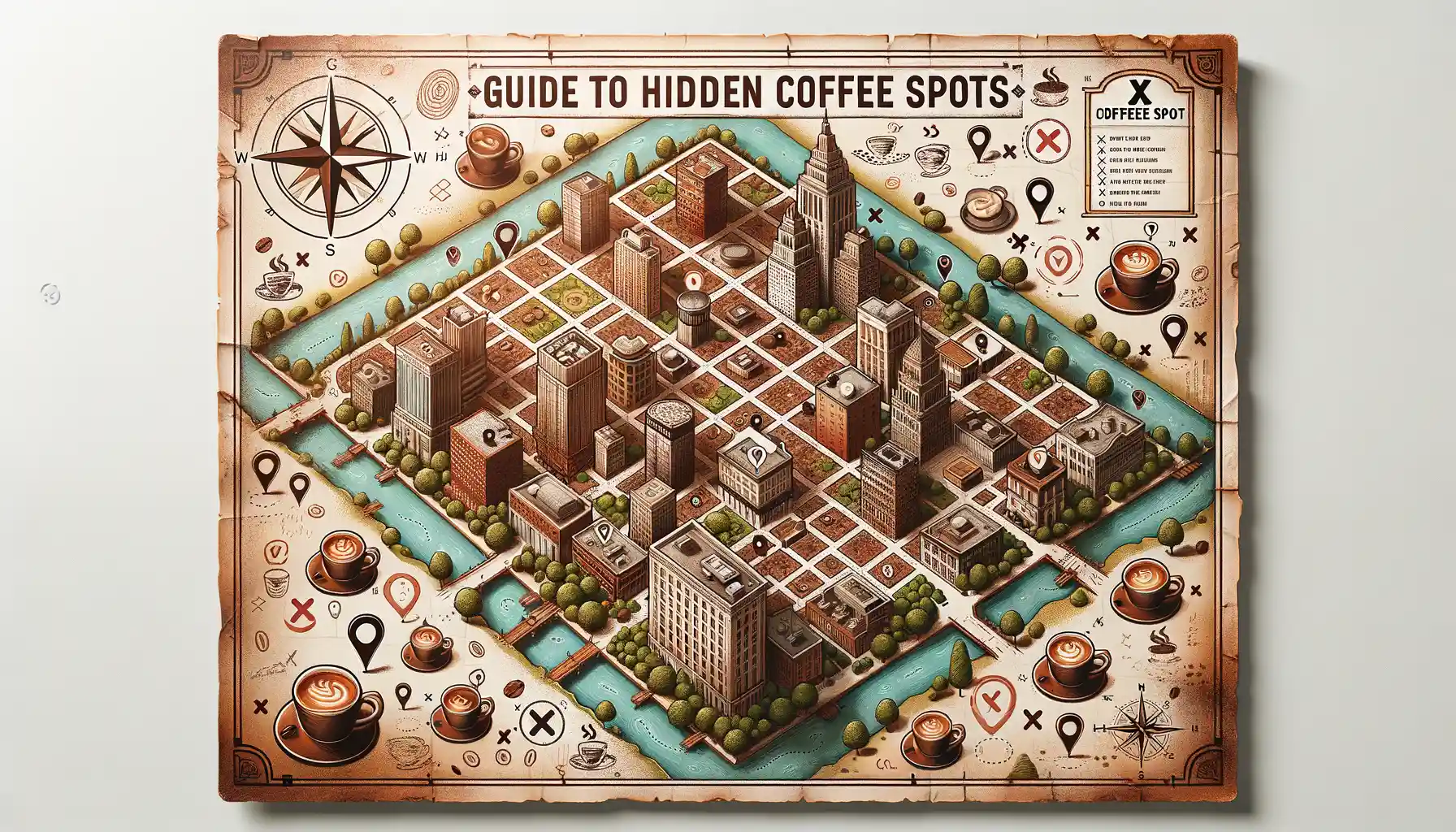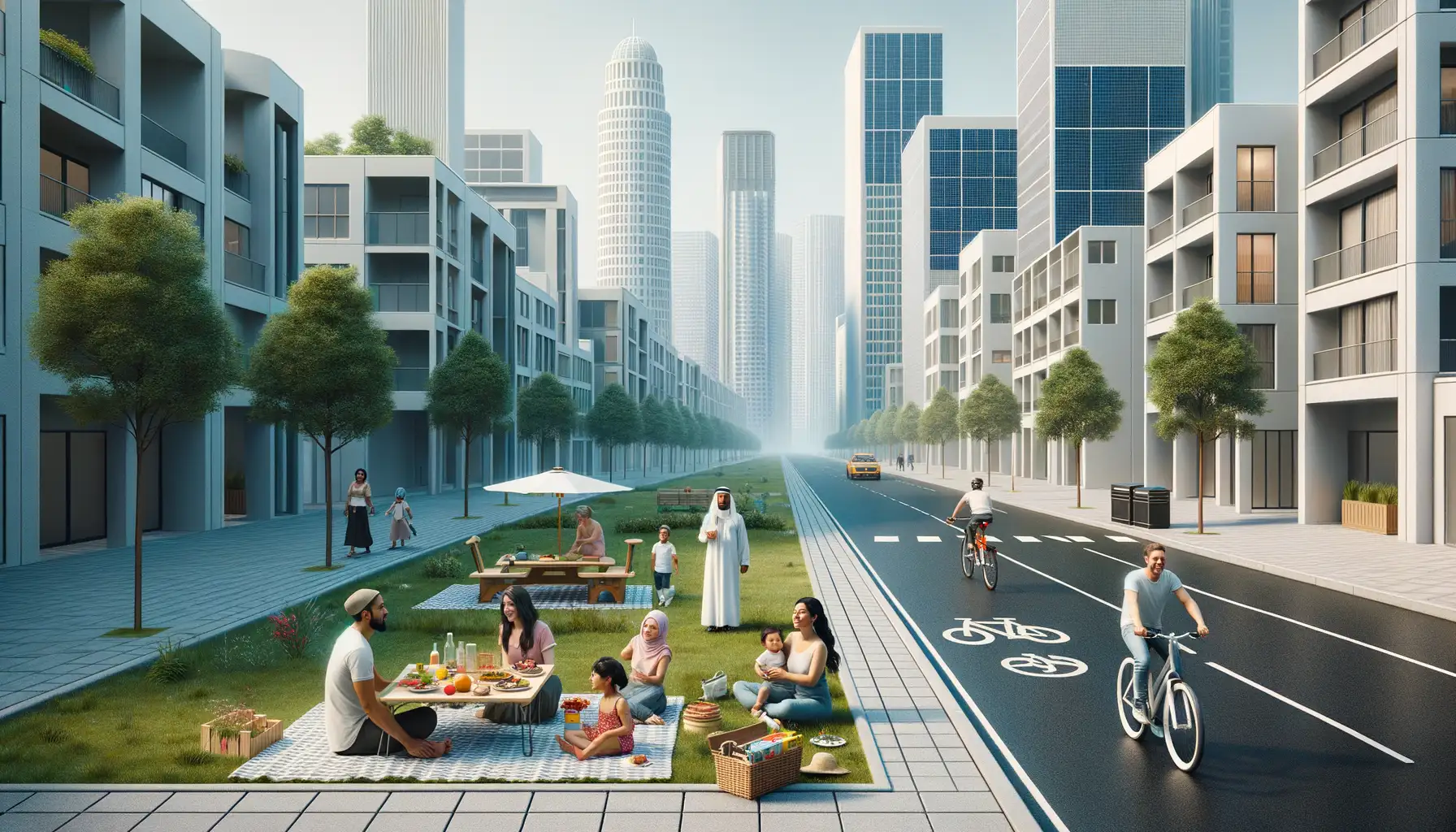The Importance of Urban Green Spaces
Urban green spaces are far more than a splash of color in a sea of concrete; they are the heartbeat of cities, offering an oasis for both the soul and the environment. Picture this: a mom jogging through a lush park with her toddler giggling beside her, or a group of friends sharing stories under the shade of a giant oak. These spaces breathe life into neighborhoods, create memories, and infuse energy into weary city dwellers.
Why Green Spaces Are Vital for Cities to Thrive
Have you ever noticed how a stroll through a tree-lined path can instantly ease your stress? That’s no accident. Green spaces are nature’s antidote to the often chaotic pace of urban life. They don’t just soothe; they transform. Imagine cities without them—sterile, gray landscapes where exhaustion lingers in every corner. Life wouldn’t just feel dull; it’d be suffocating.
- Cleaner air: Parks act like natural lungs, filtering pollution and pumping out fresh oxygen.
- Cooler temperatures: Ever escaped to a park on a sweltering summer day? Trees provide priceless relief by shading us and cooling urban heat islands.
- Wildlife havens: From chirping birds to fluttering butterflies, urban greenery is an anchor for biodiversity.
Community Connections Blossom Here
In our fast-paced lives, green spaces work like glue, bringing communities together. Whether it’s farmers’ markets, yoga sessions, or kids racing on playgrounds, parks create room for connection. They remind us of what it means to share laughter and time in an increasingly digitized world. When neighbors picnic together or strangers strike up conversations while walking their dogs, something magical happens—relationships deepen, and cities start to feel like homes, not just places to live.
Challenges of Maintaining Green Areas in Cities
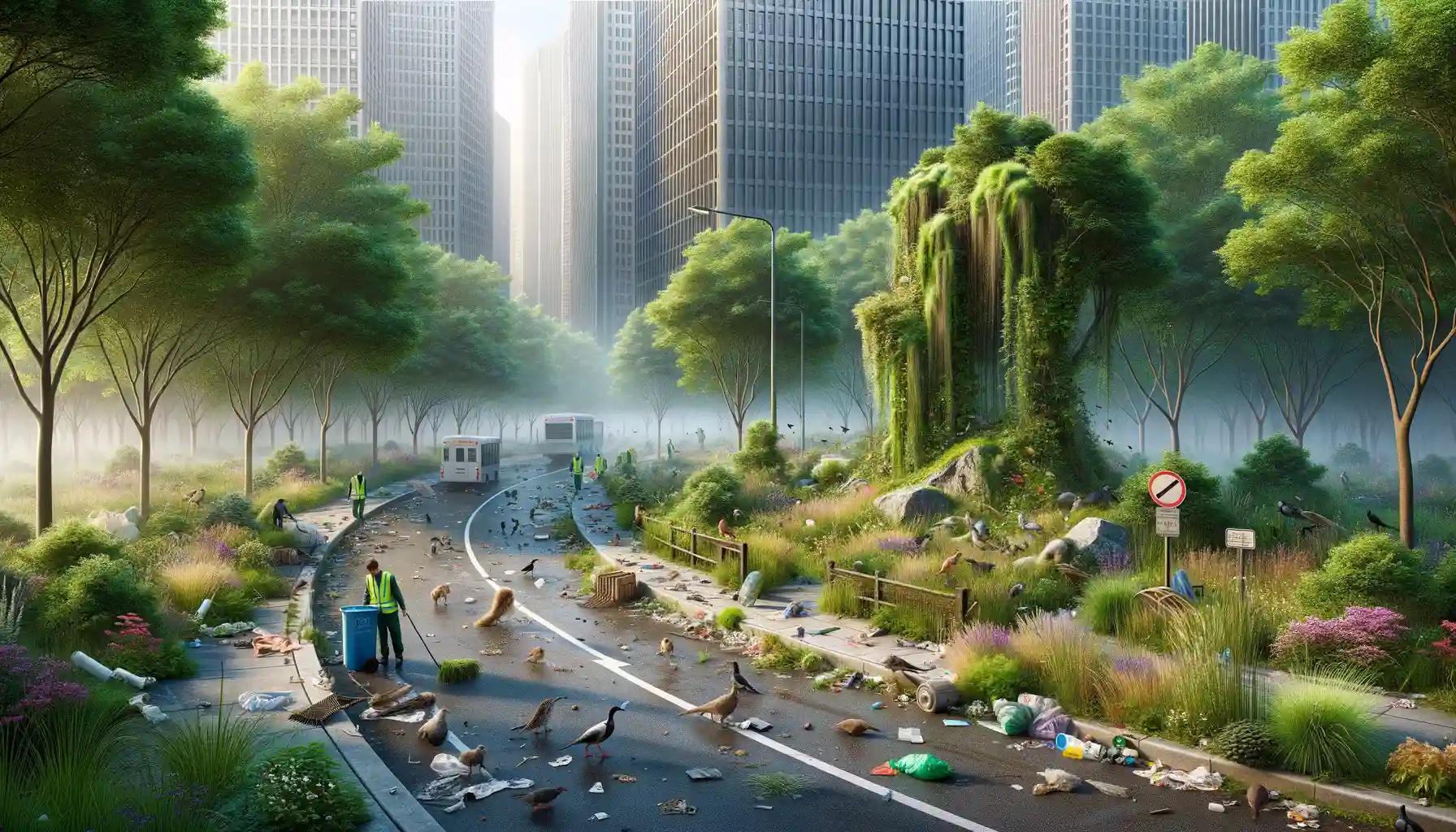
Urban Green Spaces: A Tough Balancing Act
Imagine this: a serene patch of grass, vibrant flower beds bursting with life, and trees providing a canopy of shade. Sounds perfect, right? But maintaining these urban oases isn’t all sunshine and butterflies—it’s a constant balancing act that requires patience, passion, and resources.
For starters, cities are notorious for their harsh environments. Poor soil quality, heavy foot traffic, and pollution can swiftly turn a thriving green space into a patchy wasteland. It’s like asking a delicate plant to grow in a concrete pot—possible, but oh so tricky. And then there’s the weather. Urban greens must survive it all: scorching summers, biting winters, and unpredictable storms wiping out months of hard work.
Behind the Scenes: What Makes It So Hard?
Here’s the kicker: keeping a green area alive means tackling issues you’d never think of, like:
- Irrigation nightmares: Ensuring plants get enough water despite droughts or outdated systems.
- Invasive plants: Unwelcome weeds spreading faster than city gossip.
- Budget constraints: Quality landscaping isn’t cheap, and limited funds often lead to cut corners.
And don’t even get us started on litter! Many parks end up as trash hotspots, with discarded wrappers and cans choking plant life. Each day is a tug-of-war between nature’s resilience and human impact.
Innovative Strategies for Creating Urban Nature
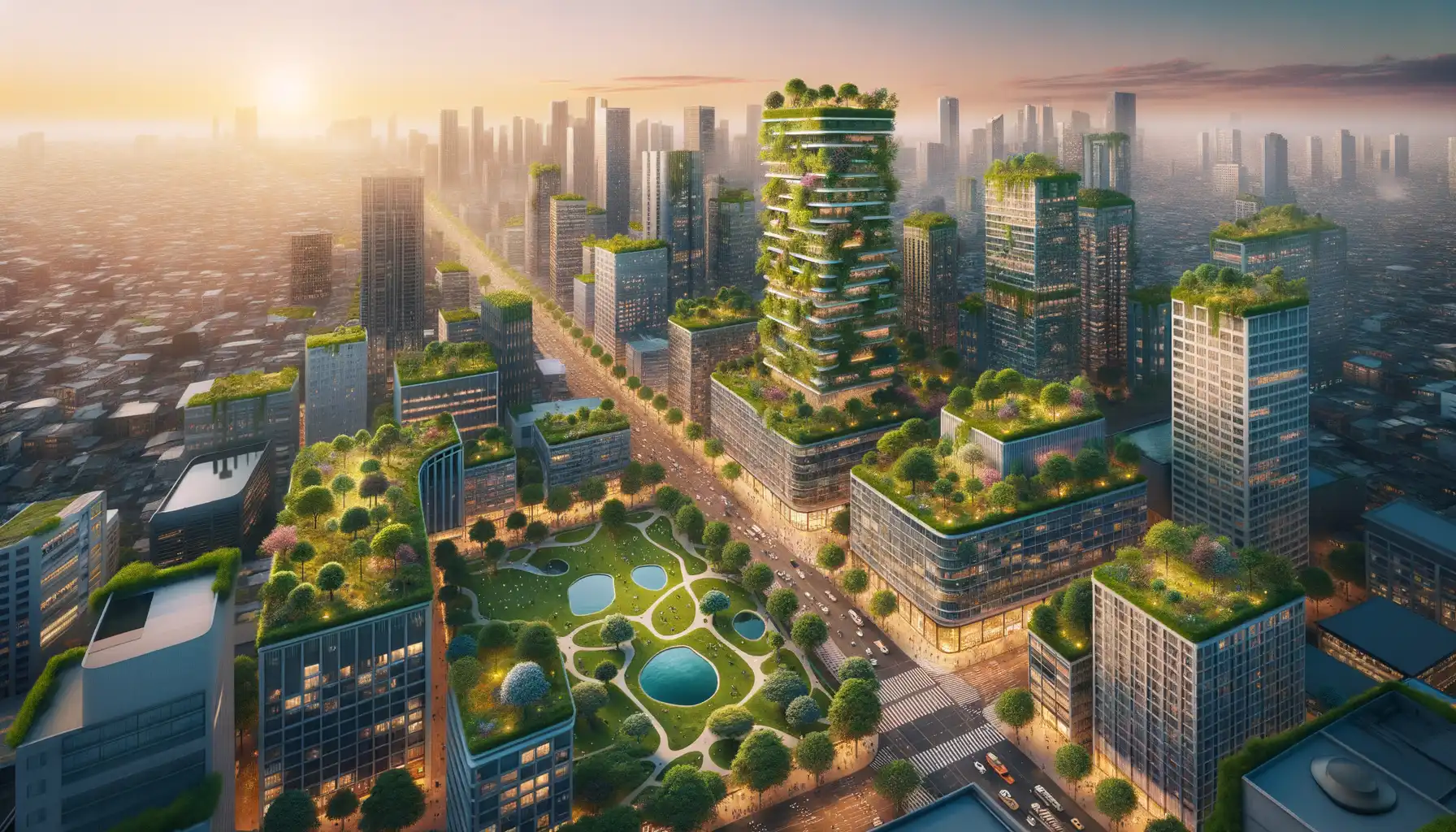
Breathing Life into Urban Spaces
Picture this: a barren rooftop, once ignored, now transformed into a lush garden buzzing with bees and the gentle rustle of leaves. This is the magic of innovative strategies for urban nature. Cities don’t have to feel like endless grids of concrete—they can become alive. The secret is in finding opportunities where you least expect them.
Think vertical. Picture entire walls draped in a tapestry of greenery—living walls that reduce noise, cool buildings, and quite literally turn gray into green. Or imagine abandoned lots repurposed as pocket parks, offering moments of peace amidst a chaotic cityscape. One fantastic example? The High Line in New York City—a former rail track that’s now an elevated garden oasis!
Actionable Ideas to Inspire Change
It’s not just planners and architects driving this change. Everyday people play a massive role. Consider these creative solutions:
- Community urban farms: Transform empty lots into thriving gardens where neighbors grow fresh produce together.
- Pop-up greenery: Temporary installations like mobile planters or “tree libraries” that bring nature directly into busy streets.
- Rain gardens: Plant-filled spaces designed to soak up stormwater while adding beauty and biodiversity to neighborhoods.
These approaches show that even in tight, crowded spaces, we can carve out moments of serenity and connection to the natural world. Little by little, every seed planted becomes a part of a greener tomorrow.
Benefits of Green Spaces for Urban Communities
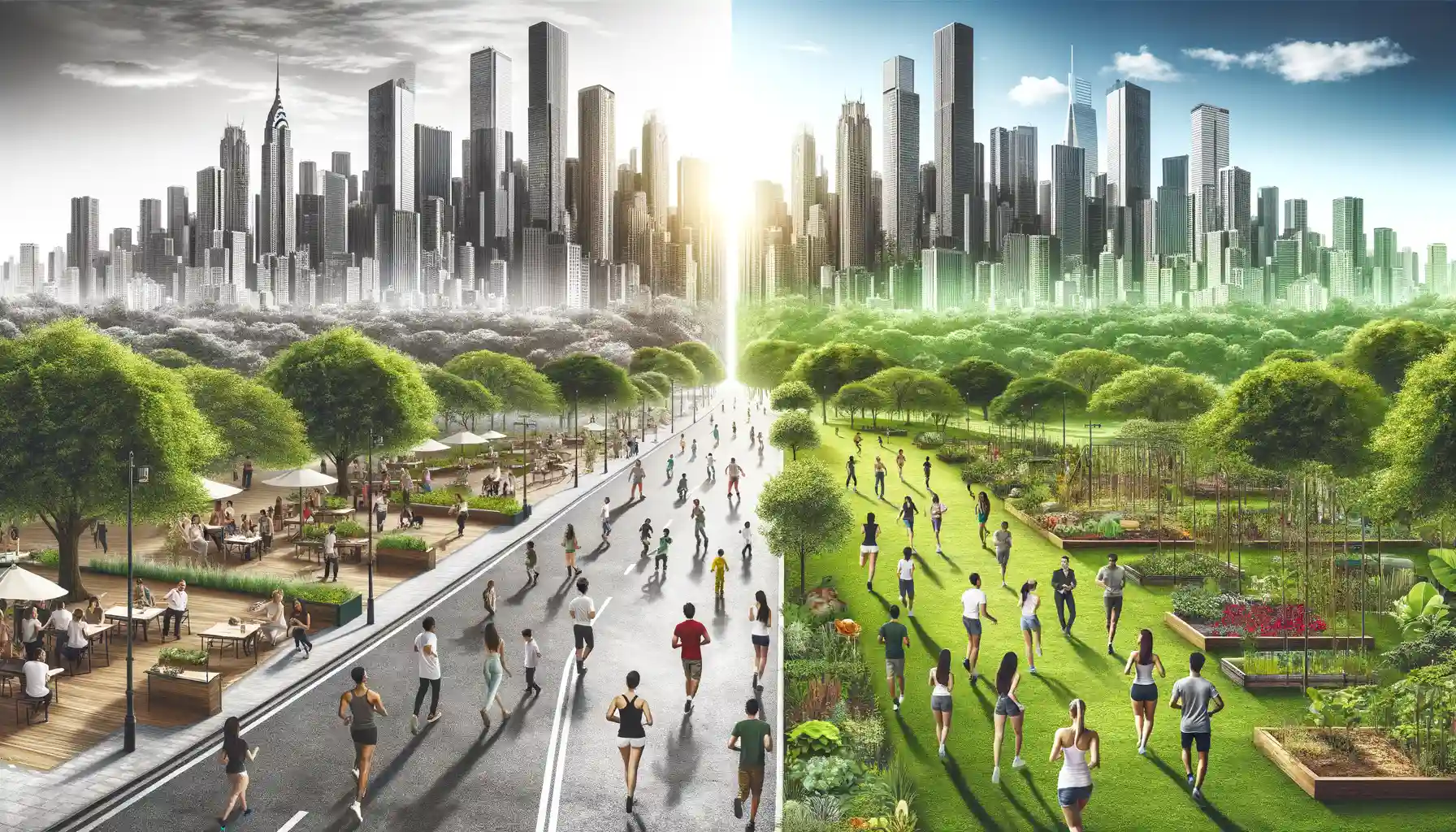
The Heartbeat of Thriving Urban Communities
It’s easy to feel like the city is a never-ending race, with concrete and steel stretching as far as the eye can see. But imagine this: a calm, green oasis amidst the chaos—a park where children chase butterflies, an urban garden brimming with fresh herbs, or even just a small patch of trees shading a bustling plaza. These spaces aren’t just decorative; they’re the lifeblood of urban communities.
Green spaces nurture both the body and the soul. People who spend time outdoors in natural settings often report feeling calmer, more focused, and even happier. Think of it as free therapy from Mother Nature herself! Physical health gets a boost, too, as tree-lined trails invite joggers, bikers, and casual walkers alike to get moving.
- Community connections flourish: Green areas offer gathering places where neighbors become friends, and strangers share smiles.
- Cleaner air, cooler streets: Trees and plants filter pollutants and reduce the heat trapped in asphalt jungles.
- A haven for wildlife: Even urban birds and bees need a home, and greenery gives them a fighting chance.
Transforming Everyday Life
Picture this: a tired commuter stumbles upon a pocket park on their way home. It’s small, yet alive with wildflowers and the hum of insects. They sit for a moment, letting nature work its quiet magic. A simple pause like this can transform an ordinary evening into something restorative.
Urban green spaces remind us that life doesn’t have to be all rush, all the time—they’re proof that even amid the busiest of lives, we can always carve out room for joy.
Future Perspectives on Urban Green Space Development
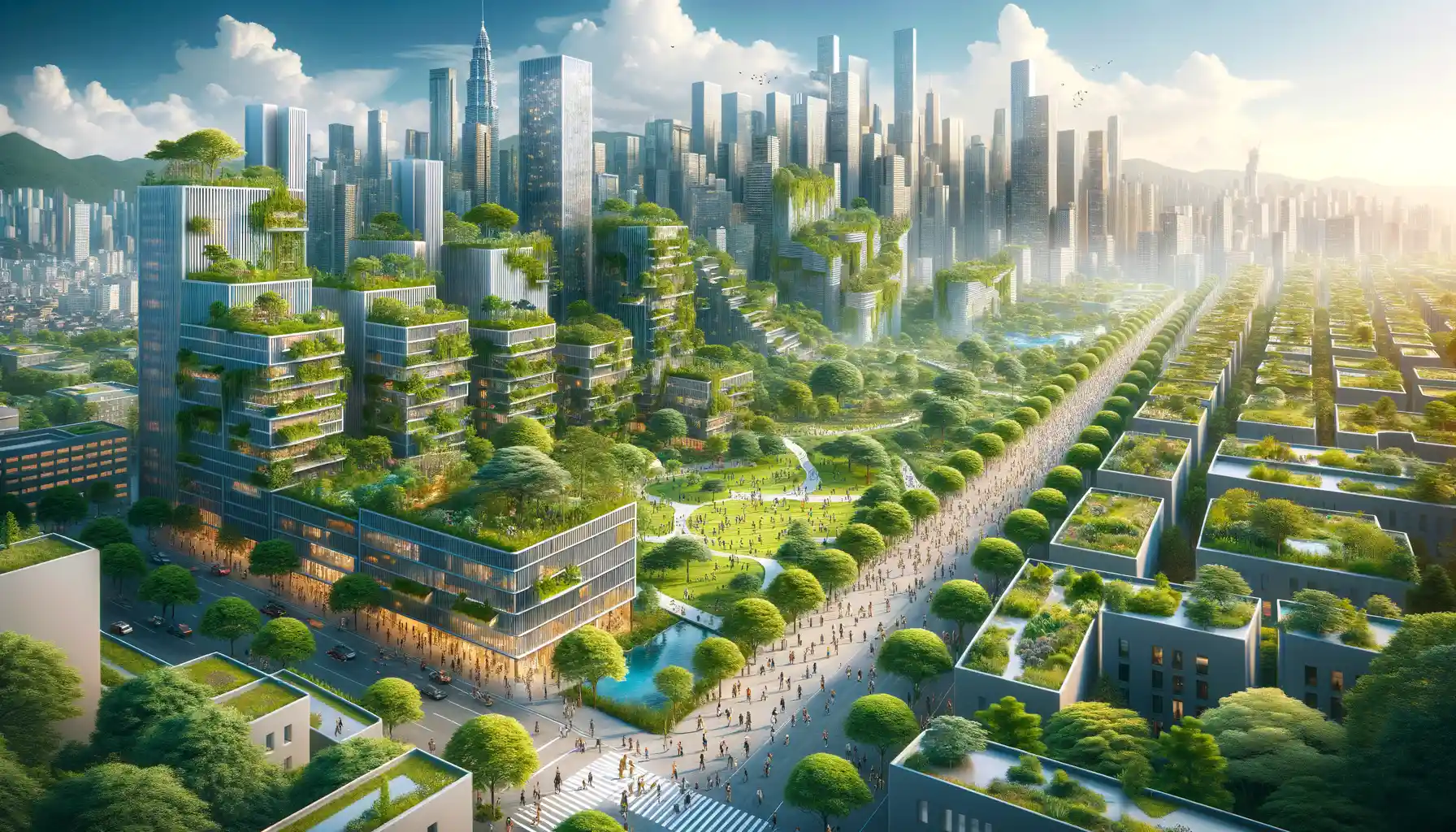
The Pulse of Tomorrow’s Cities: Green Dreams Taking Root
Picture this: a city that thrives not only on glass and steel but on leafy canopies and blooming pathways. The future of urban green space development doesn’t just lie in planting trees—it lies in rethinking how we *coexist* with nature. It’s not about squeezing greenery into the cracks; it’s about making it the core of urban planning. Imagine rooftop orchards feeding neighborhoods, highways veiled in vines, and parks designed as living playgrounds for both humans and wildlife.
Leading architects and environmentalists are embracing concepts like vertical forests. These aren’t your average green walls—they’re entire buildings clothed in lush vegetation, filtering polluted air and creating habitats for birds and butterflies. Meanwhile, smart technologies are stepping in. Think irrigation systems that talk to weather forecasts or sensors that monitor soil health.
- Edible gardens replacing parking lots
- Parks built on disused railway tracks, like New York’s High Line
- Waterways reshaped as thriving ecosystems instead of concrete drainage systems
This is more than a trend—it’s a reawakening. The future whispers a powerful question to us: How far can we stretch our imagination to weave urban life with nature?


